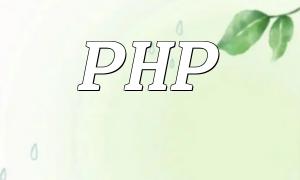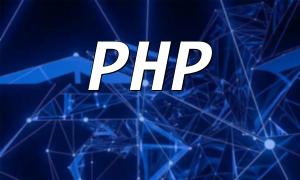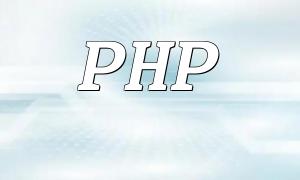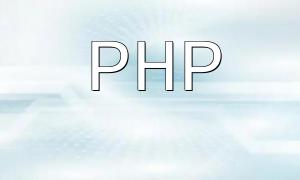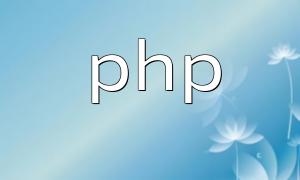In today's fast-evolving digital landscape, developing high-quality web applications has become a core responsibility for developers. To meet growing project complexity, leveraging efficient tools and frameworks is key to boosting productivity and reducing costs. PHP, as a widely-used server-side language, offers several mainstream frameworks such as Laravel, Symfony, and Yii that have become top choices for developers.
When selecting a PHP framework, consider the following aspects:
Among the many available options, Laravel stands out with its elegant syntax, rich features, and strong community support—making it a go-to choice for many PHP developers.
Below is a step-by-step guide to building a basic user management module using Laravel.
composer create-project laravel/laravel project_nameThis command installs Laravel and generates a new project named project_name.
php artisan make:migration create_users_table --create=usersThen, run the migration to create the table:
php artisan migratephp artisan make:model UserThis command creates the User.php model file inside the app directory to interact with the users table.
php artisan make:controller UserControllerThis creates a UserController.php file in app/Http/Controllers, where you can define all user-related logic.
With just a few steps, you can quickly build a basic user management system without writing repetitive boilerplate code.
Using popular PHP frameworks like Laravel allows developers to fully leverage pre-built features and tools, resulting in improved development efficiency and lower overall costs. When choosing a framework, factors like community support, documentation, scalability, and performance should guide your decision. As shown in the example above, Laravel enables rapid development of functional modules with minimal effort. With the right framework, building robust and scalable web applications becomes significantly easier.



